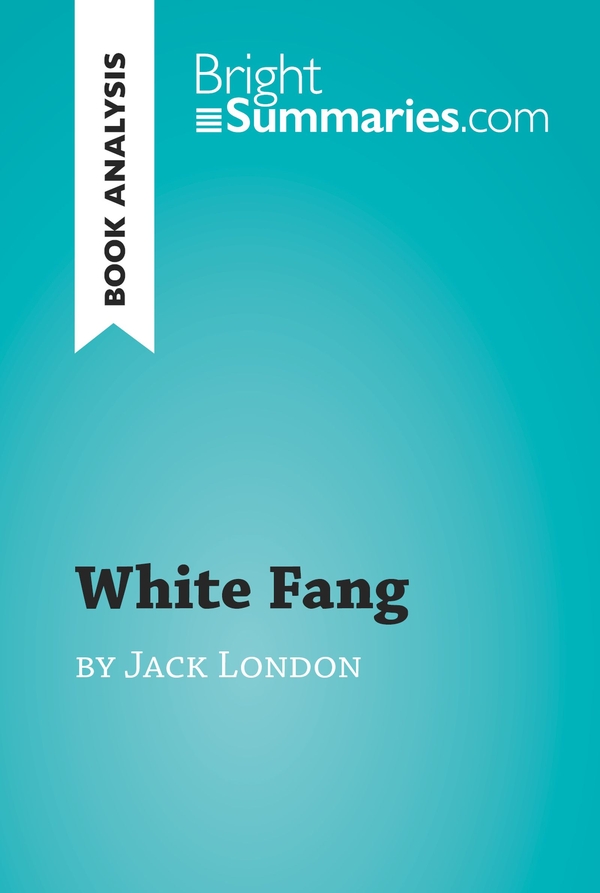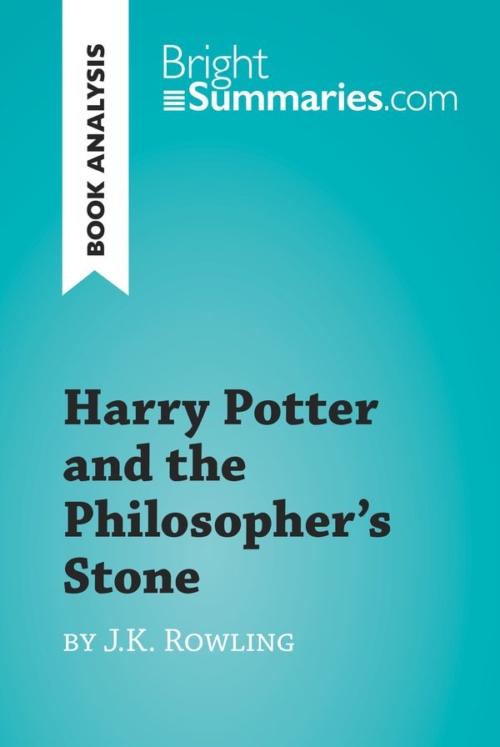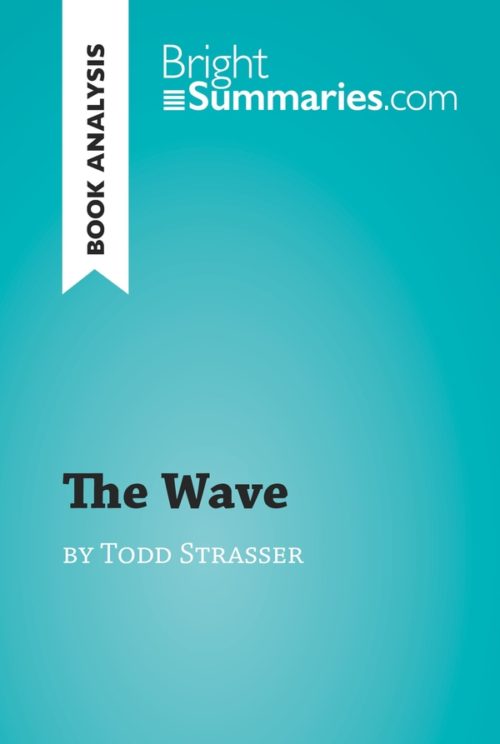White Fang by Jack London (Book Analysis)
White Fang by Jack London (Book Analysis)
Detailed Summary, Analysis and Reading Guide
Read more
This practical and insightful reading guide offers a complete summary and analysis of White Fang by Jack London. It provides a thorough exploration of the novel’s plot, characters and main themes, including the cruelty of humankind and the struggle for survival. The clear and concise style makes for easy understanding, providing the perfect opportunity to improve your literary knowledge in no time.
This clear and detailed 21-page reading guide is structured as follows:
- Biography of Jack London
- Presentation of White Fang
- Summary of White Fang
- Character study
- Kiche
- White Fang
- One Eye
- Gray Beaver
- Beauty Smith
- Weedom Scott
- Analysis of White Fang
- Distinctive features of London’s style
- A reflection of human nature
- A representation of hostile nature
About White Fang
White Fang first appeared in 1906 and forms part of a series of a stories inspired by Jack London’s travels in the American and Canadian Far North. Like London’s other novel The Call of the Wild, White Fang takes an animal as its main character: in this case, the protagonist is a tame wolf who becomes familiar with the human world and learns how cruel people can be. White Fang also has a significant historical dimension, as it is set during the California Gold Rush in the 19th century and recounts the violent clashes between Native Americans and settlers on the continent.
About Jack London
Jack London was an American writer and social activist whose best-known works appeared in the early 20th century. His extensive travels (he visited destinations including England, Japan, Cuba and the American Far North) provided him with inspiration for most of his novels, and he was immensely successful as a writer during his lifetime. London was also a committed social activist: he was a member of the Socialist Labor Party, and campaigned in favor of unionization, workers’ rights and animal rights.
Product details
| ISBN | 9782806280411 |
|---|---|
| Publisher | Plurilingua Publishing |
| Collection | BrightSummaries.com |
| Format | |
| Pages | 21 |
| File size | 1.3 MB |







